Spray Ball
Spray Ball Specification
- Pressure Ratings
- 1 – 5 bar
- Water Flow Rate
- 20 – 40 LPM
- Connectivity Type
- Threaded / Welded / Flanged
- Control System
- Manual/Automatic
- Tank Capacity
- Custom/Varies Per Application
- Accessories
- Gasket, Clamp, Adaptor
- Power Source
- Hydraulic (Water Pressure Driven)
- Features
- 360° Spray Coverage, Corrosion Resistant, Easy Installation, Low Maintenance
- Material
- Stainless Steel (SS 304/316)
- Type
- Stationary and Rotary
- Condition
- New
- Use
- Tank Cleaning
- Cleaning Process
- CIP (Clean in Place)
- Cleaning Type
- Spray Cleaning
- Capacity
- 8 - 30 m³/h
Spray Ball Trade Information
- Minimum Order Quantity
- 1000 Pieces
- Supply Ability
- 100 Pieces Per Month
- Delivery Time
- 1 Months
About Spray Ball
Spray Ball is required for cleaning of tanks, reactor vessels, and storage containers in an efficient manner. It is highly appreciated for having no wear parts thus ensures long service life and easy maintenance. This ball assures high flow rate at constant pressure with complete reliability. It comprises a spherical section with number of uniform size holes through which water is sprayed. Spray Ball offered by us is made of sturdy SS316 alloy with mirror polished surface finish for beautiful appearance. It is available in different dimensional & structural configurations at cost effective rates for our respected customers.
Spray Ball
Technical Specification
| Minimum Order Quantity | 1 Piece |
| Brand | DPL |
| Size | 1" - 2.5" |
| Shape | Spherical |
| Material for Construction | Stainless steel |
| Finishing | Mirror polishing |
Efficient Tank Cleaning Solutions
Our spray balls deliver effective 360 spray coverage, ensuring thorough cleaning of tanks in pharmaceutical, food & beverage, chemical, and dairy industries. With flexible spray patterns (full or partial cone) and a range of connection sizes, they cater to diverse cleaning needs. The CIP-friendly and corrosion-resistant stainless steel design enhances hygiene and longevity, making maintenance straightforward and hassle-free.
Customizable Design for Varied Applications
These spray balls offer customizable features, including hole design, size, and material selection, adapting easily to your tanks specifications. Available in both stationary and rotary types, and with choices of threaded, welded, or flanged connections, our spray balls are suited for vertical or horizontal mounting, accommodating tanks of different shapes and sizes.
FAQs of Spray Ball:
Q: How does the spray ball achieve effective tank cleaning in CIP processes?
A: The spray ball creates a high-impact spray pattern (full or partial cone) that distributes water evenly and powerfully across the entire tank interior, removing residues and contaminants efficiently. The 360 coverage and hydraulic operation ensure thorough cleaning while minimizing water and detergent usage.Q: What industries and applications are suitable for these spray balls?
A: These spray balls are ideal for the pharmaceutical, food & beverage, chemical, brewery, and dairy industries, particularly for cleaning storage tanks, processing vessels, and fermenters through automated Clean in Place (CIP) systems.Q: When should I choose a stationary versus a rotary spray ball design?
A: Stationary spray balls are recommended for simpler cleaning requirements and lower budgets, while rotary spray balls provide enhanced mechanical action for more demanding cleaning tasks or tanks with stubborn residues, thereby improving overall cleaning efficiency.Q: Where can these spray balls be installed, and what mounting options are available?
A: The spray balls can be mounted both vertically and horizontally, with installation possible via threaded, welded, or flanged connections. This flexibility accommodates a wide variety of tank designs and orientations.Q: What customization options are provided for hole design, size, and material?
A: Customers can request specific hole designs and sizes to suit unique cleaning needs or tank geometries, and choose between stainless steel 304 or 316, with mirror or electro-polished surface finishes for enhanced corrosion resistance and hygiene.Q: How do I ensure proper installation and maintenance of the spray ball?
A: Installation is straightforward due to the easy-connect design, available in multiple mounting and connection types. Their durable, corrosion-resistant construction keeps maintenance low; regular inspection and occasional cleaning of the spray holes are recommended to maintain peak performance.Q: What are the main benefits of using these spray balls for tank cleaning?
A: Key benefits include efficient 360 cleaning, compatibility with CIP operations, reduced manual intervention, adaptability to various tank sizes, robust stainless steel build, and reliable operation in challenging industrial environments.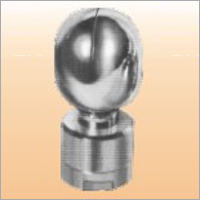

Price:
- 50
- 100
- 200
- 250
- 500
- 1000+
More Products in Cleaning Equipments Category
Water Saver Nozzles
Minimum Order Quantity : 1000 Pieces
Material : Plastic
Condition : New
Usage : Water Nozzle
Stainless Steel Manholes
Price 5000 INR / Piece
Minimum Order Quantity : 1 Piece
Material : Other, Stainless steel
Condition : New
Usage : Industrial
Color : Sliver
Stainless Steel Pendents For Pharma Utility
Price 5000 INR / Piece
Minimum Order Quantity : 1 Piece
Material : Other, Stainless Steel
Condition : New
Usage : Industrial
Color : Silver
Reactor Cleaning Spray Balls
Price 900 INR / Piece
Minimum Order Quantity : 1 Piece
Material : Other, Stainless steel
Condition : New
Usage : Industrial
Color : Silver
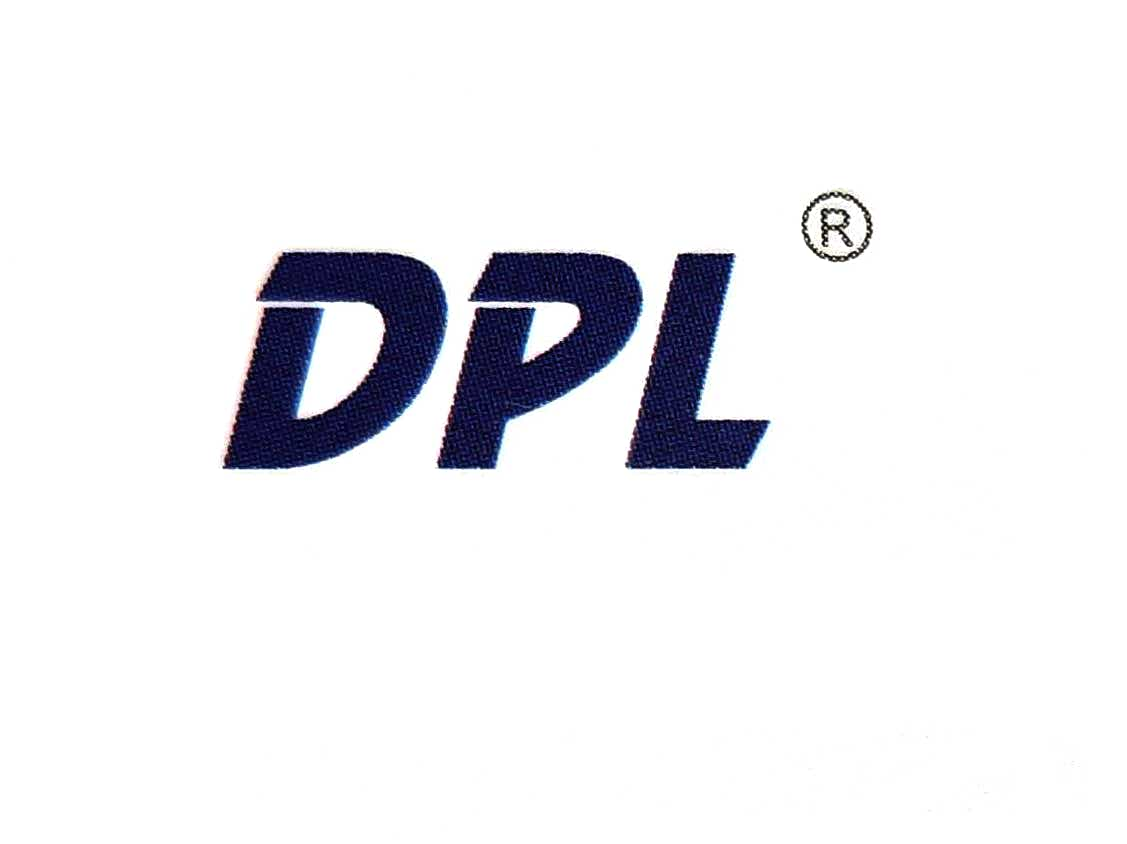
 Send Inquiry
Send Inquiry
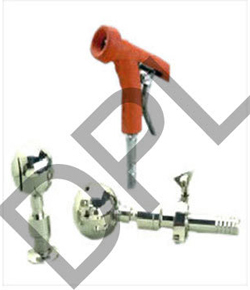

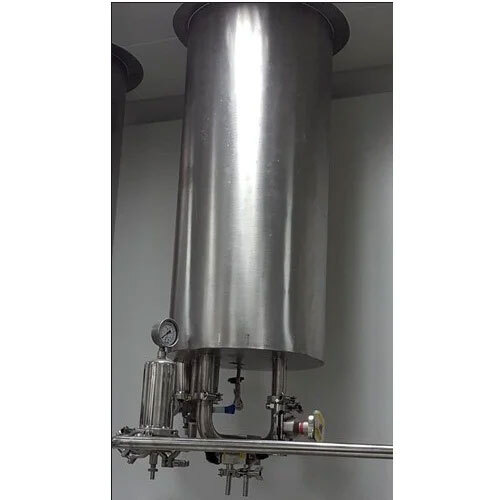
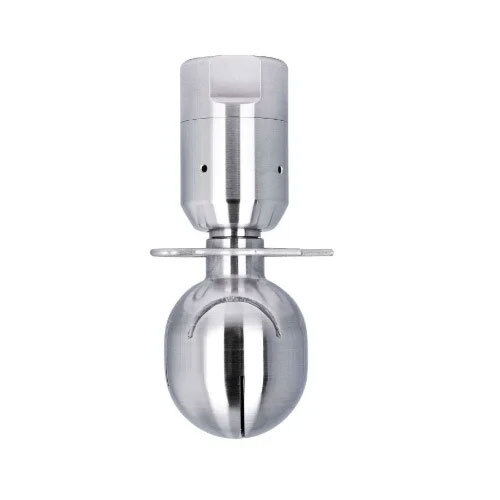


 Send Inquiry
Send Inquiry Send SMS
Send SMS